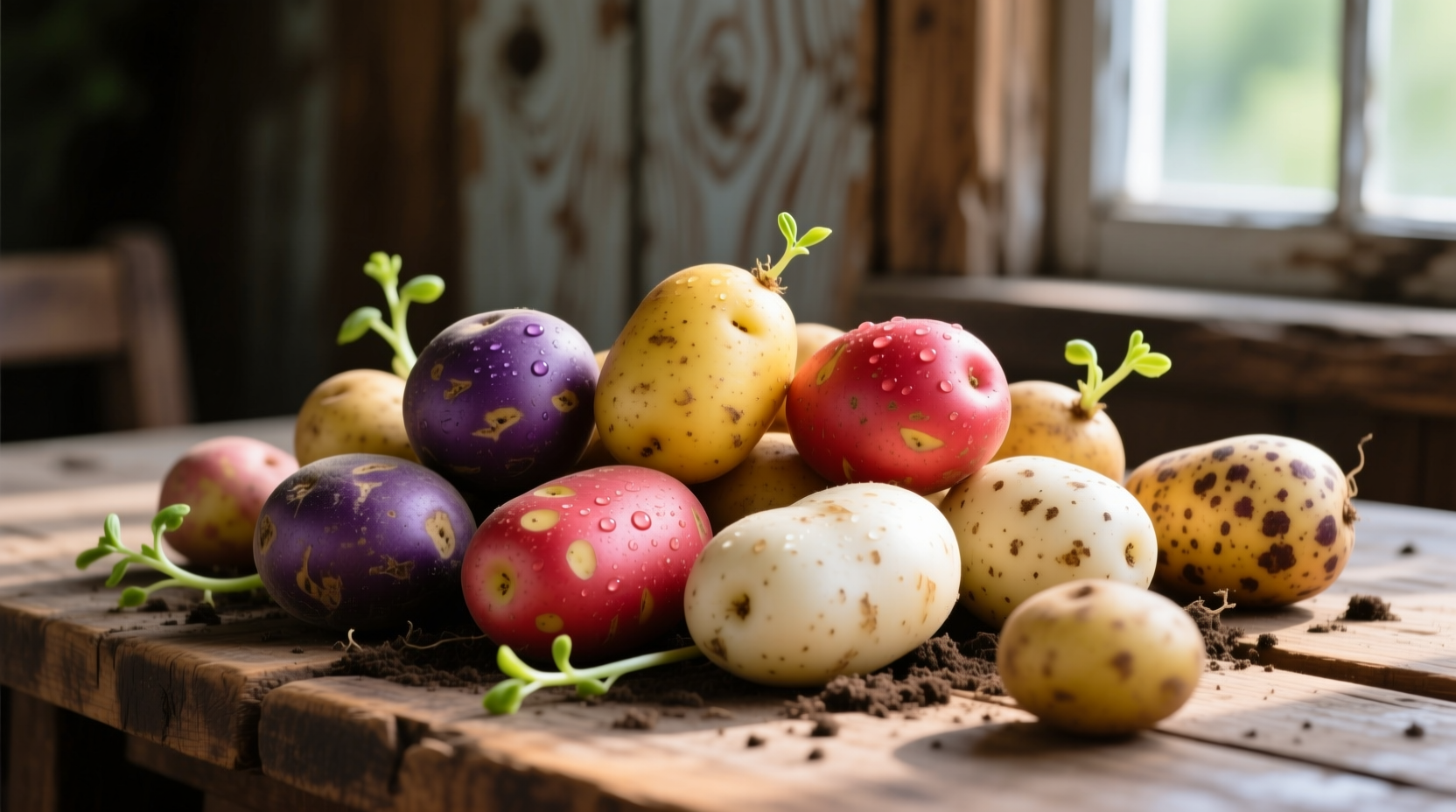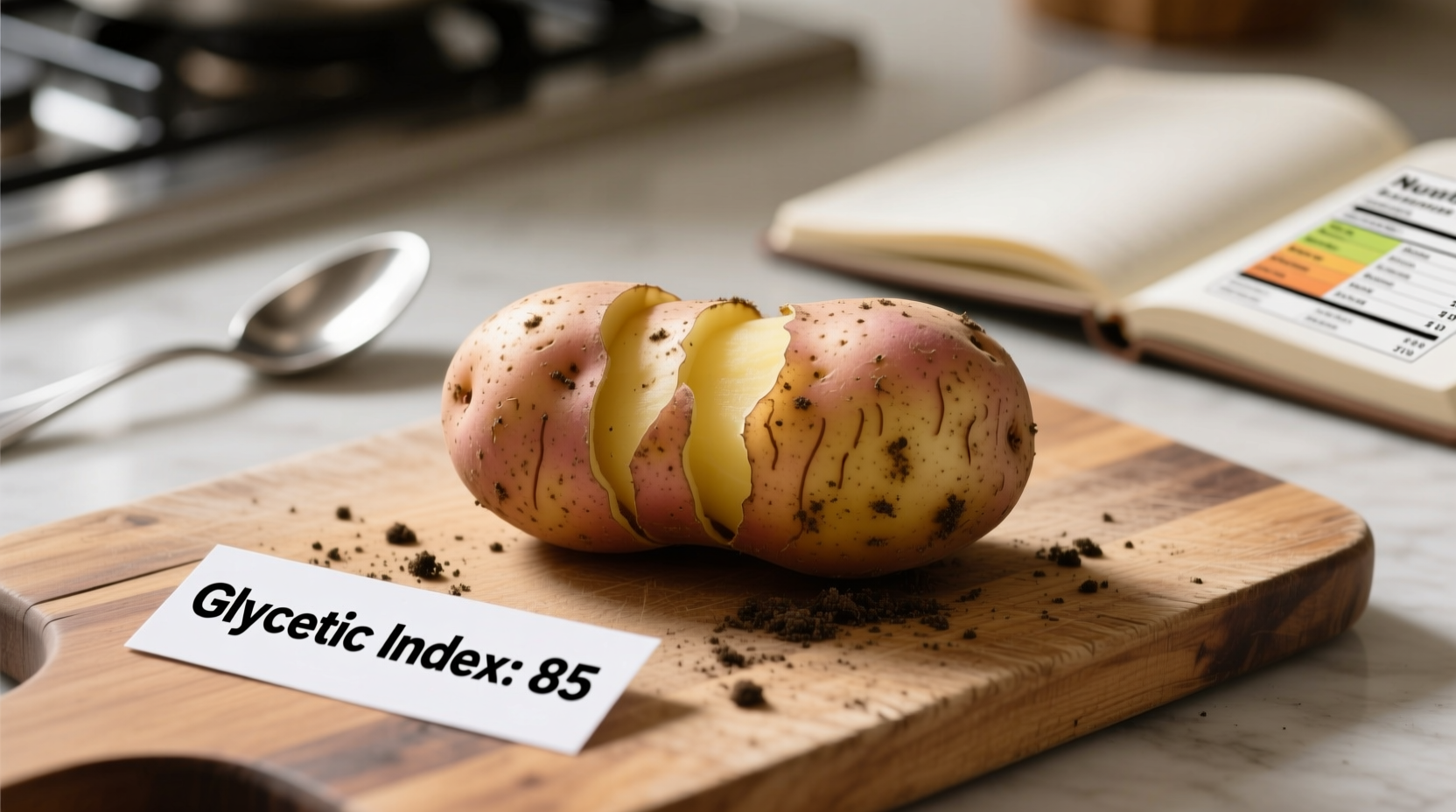Understanding how potatoes affect blood sugar is crucial for diabetes management and healthy eating. This guide delivers evidence-based insights you can trust, with practical strategies to enjoy potatoes while maintaining stable blood glucose levels.
What Exactly Is Glycemic Index and Why It Matters for Potatoes
The glycemic index measures how quickly carbohydrate-containing foods raise blood glucose levels compared to pure glucose (which scores 100). Foods scoring 55 or below are considered low GI, 56-69 medium GI, and 70+ high GI. Potatoes often surprise people by landing in the medium to high range despite their nutritional benefits.
When you eat potatoes, the starch breaks down into glucose during digestion. The rate of this process determines the glycemic response. Factors like potato variety, cooking method, and what you eat them with significantly impact this response. Understanding these variables helps you make informed choices rather than eliminating potatoes entirely from your diet.

Potato Varieties Compared: Which Types Are Gentler on Blood Sugar
Not all potatoes affect blood sugar equally. The starch composition varies significantly between varieties, creating meaningful differences in glycemic impact:
| Potato Variety | Average GI Score | Key Characteristics |
|---|---|---|
| Carisma (white) | 53 | Lowest GI commercial variety, waxy texture |
| Sweet potato | 44-94 | Boiled scores 44, baked jumps to 94 |
| Russet (baked) | 111 | Highest recorded potato GI, fluffy texture |
| Red potato (boiled) | 89 | Waxy variety with moderate GI |
| White potato (boiled) | 78-88 | Common variety, medium-high GI |
| Cooled boiled potato | 56-69 | Resistant starch increases after cooling |
This comparison comes from the University of Sydney's Glycemic Index Database, the world's most comprehensive repository of GI values tested under standardized conditions. The dramatic range shows why blanket statements about "potatoes being bad for blood sugar" oversimplify a complex nutritional reality.
How Cooking Methods Transform Potato Glycemic Impact
The way you prepare potatoes dramatically alters their glycemic properties. Understanding these transformations gives you control over their blood sugar effects:
The Cooling Effect: Creating Resistant Starch
When you boil potatoes then let them cool, something remarkable happens. The starch molecules reorganize into resistant starch, which resists digestion in the small intestine. This process, called retrogradation, can reduce the glycemic index by 20-25 points. A study published in the Journal of Nutrition and Metabolism found that cooled boiled potatoes produced significantly lower blood glucose responses than hot boiled potatoes.
Baking vs. Boiling: Why Temperature Matters
Baking potatoes at high temperatures breaks down starch granules more completely than boiling, creating a fluffier texture but higher glycemic impact. Russet potatoes baked with skin score an astonishing 111 GI - higher than white bread. In contrast, boiling potatoes in their skins preserves more structure, resulting in a lower GI score.
The Vinegar Factor: Simple Kitchen Hack
Adding acidic ingredients like vinegar or lemon juice to cooked potatoes can lower their glycemic impact. Research from the National Center for Biotechnology Information shows that acids slow gastric emptying and may inhibit starch-digesting enzymes. Try tossing cooled potato salad with a vinegar-based dressing for a blood-sugar friendly side dish.
Practical Strategies for Enjoying Potatoes with Stable Blood Sugar
You don't need to eliminate potatoes from your diet. These evidence-based strategies help you include them while managing blood glucose:
Pairing Principles: The Power of Combination
Eating potatoes with protein, healthy fats, and fiber dramatically reduces their glycemic impact. A study in the American Journal of Clinical Nutrition demonstrated that adding 50g of chickpeas to a potato meal lowered the glycemic response by 30%. Try these effective combinations:
- Boiled red potatoes with olive oil, lemon, and grilled chicken
- Sweet potato topped with Greek yogurt and pumpkin seeds
- Cold potato salad with tuna, eggs, and mustard dressing
Portion Control Guidelines for Different Goals
Appropriate portions vary based on your health goals and metabolic health:
- Diabetes management: 1/2 cup cooked potatoes (about the size of a computer mouse)
- Weight maintenance: 1 cup cooked potatoes as part of balanced meal
- Active individuals: Up to 1.5 cups when timed around exercise
Timing Matters: When to Eat Potatoes for Optimal Blood Sugar
Consuming potatoes after physical activity takes advantage of increased insulin sensitivity in muscles. Research from the American Diabetes Association suggests that eating carbohydrate-containing foods like potatoes within 30-60 minutes after exercise results in better glucose disposal. This strategy works particularly well for active individuals managing prediabetes.
Common Misconceptions About Potatoes and Blood Sugar
Several myths persist about potatoes and glycemic control. Let's clarify with evidence:
Myth: Sweet potatoes are always lower GI than white potatoes
Reality: While boiled sweet potatoes score lower (44 GI), baked sweet potatoes jump to 94 GI - higher than many white potato preparations. The cooking method matters more than the potato type alone.
Myth: All potatoes cause blood sugar spikes
Reality: When properly prepared and paired, certain potato varieties can fit within a blood-sugar friendly diet. The Carisma variety scores 53 GI - solidly in the low range.
Myth: Potato skins cause blood sugar problems
Reality: Keeping skins on actually improves glycemic response. The fiber in potato skins slows digestion and adds valuable nutrients. Always wash thoroughly rather than peeling.
Putting It All Together: Your Action Plan for Potato Success
Here's how to implement these insights immediately:
- Choose wisely: Opt for Carisma or Yukon Gold varieties when possible
- Cook strategically: Boil rather than bake, then cool potatoes before eating
- Pair intentionally: Always combine with protein, fat, and fiber
- Portion mindfully: Measure servings rather than estimating
- Time appropriately: Enjoy potatoes after physical activity when possible
Remember that individual responses to foods vary. If you have diabetes or prediabetes, consider using a continuous glucose monitor to see how your body specifically responds to different potato preparations. This personalized approach works better than rigid rules that don't account for your unique metabolism.











 浙公网安备
33010002000092号
浙公网安备
33010002000092号 浙B2-20120091-4
浙B2-20120091-4